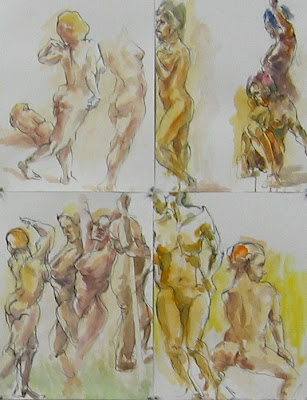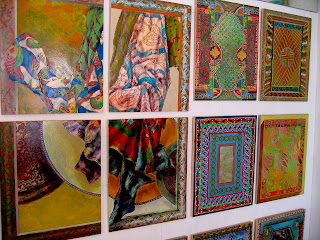
When his cage is rattled by the rabble of public scrutiny, David Schoffman has a tendency to recoil. When the critical sparrows peck at the fine edifice of his various fictions, he bristles. To say that Schoffman's skin is translucent is to generously endow it with additional tuft. Ever since our first encounter some thirty years ago, David's ego was as delicate as well water.
Now, with the opening of his wildly uneven mid-career retrospective, David's pale protective dermis is in tatters. Pepo Cendrars, writing in Cinéma et Culture called the sum of Schoffman's work "les idées majeures dans les clefs mineures." The typically sympathetic Manon Ovidier described his drawings as "le chat griffe maculé dans l'encre." And these were among the less calumniatory reviews.
David is now on vacation, which is to say he is in hiding. He has declined all requests for interviews or public appearances. I for one have abstained from this feeding frenzy. Considering his modest talents, David Schoffman has done fairly well.






























